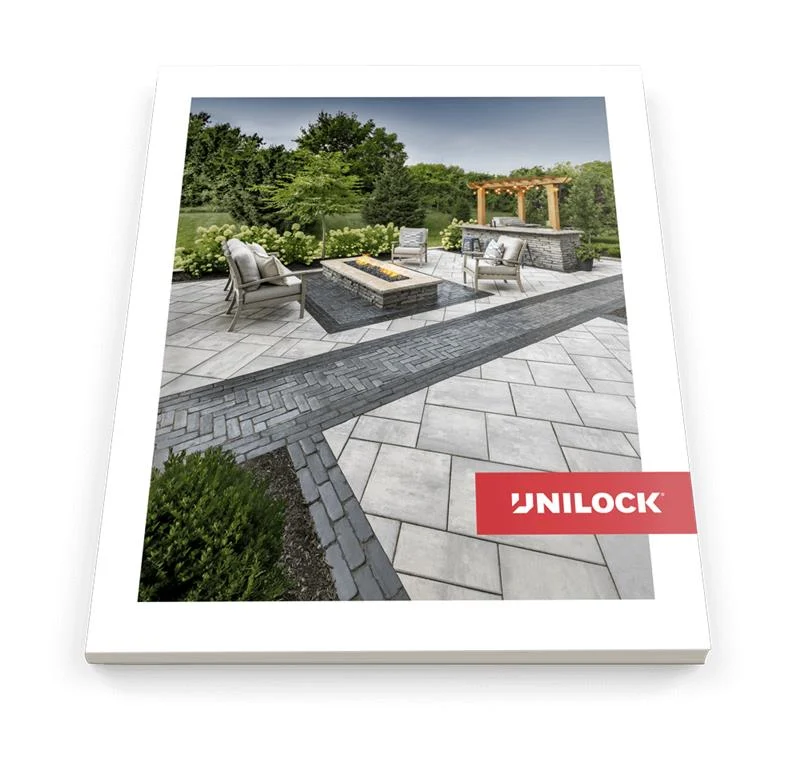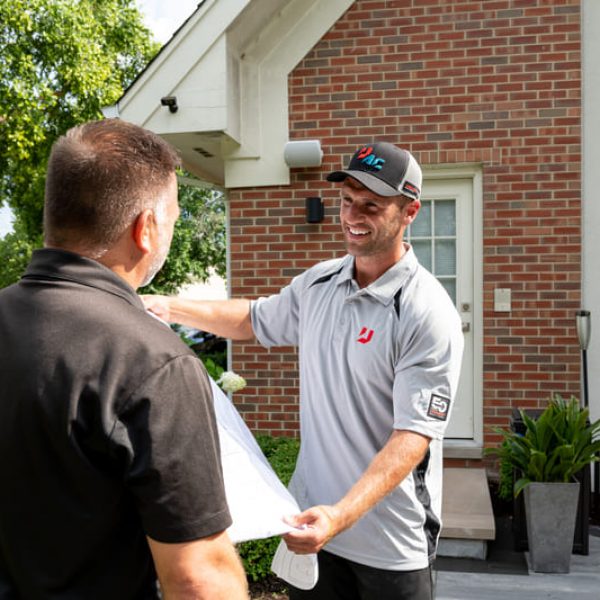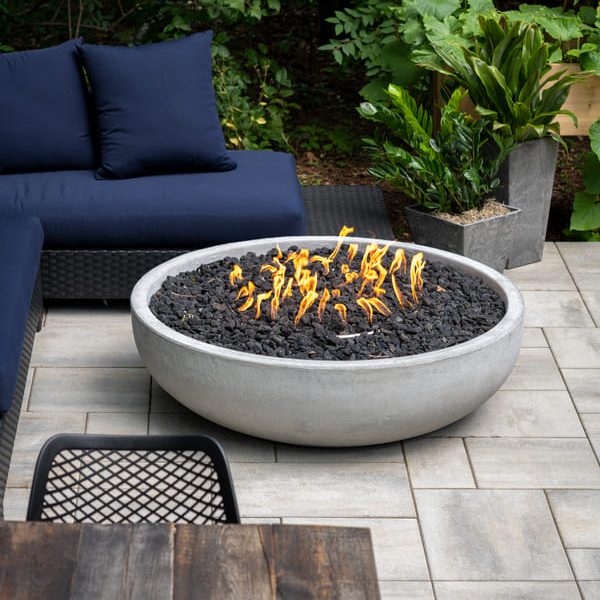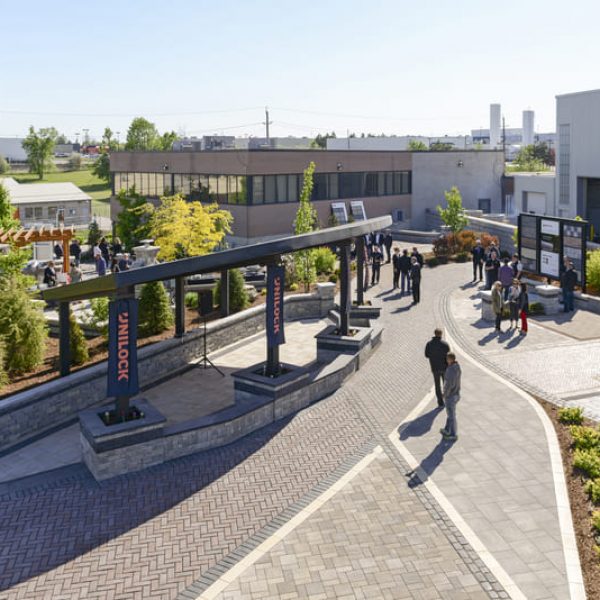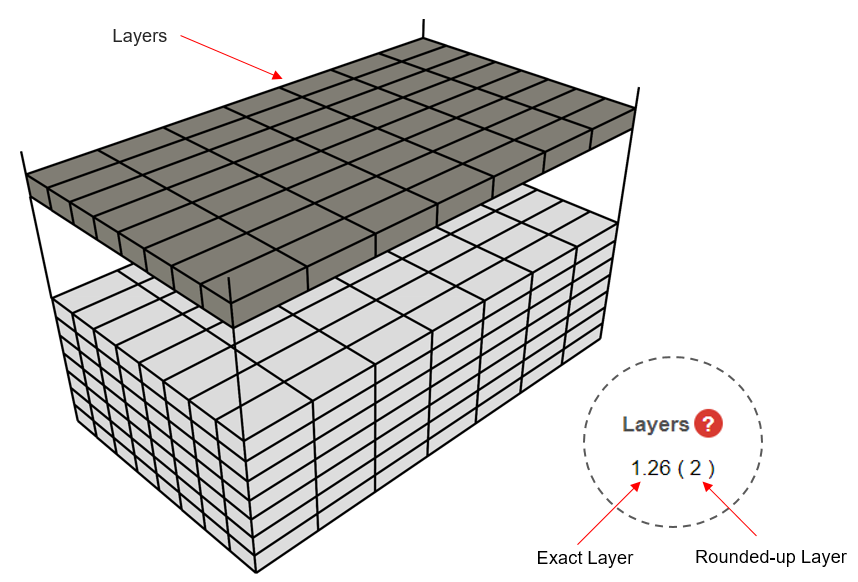
Fire pits are increasing in popularity in the Washington County, RI area, and with good reason. They serve as a powerfully aesthetic centerpiece for any yard and provide warmth during winter, a comfy spot for chats in the summer and can even double as a cooking station when you’re feeling adventurous. Border design and color banding have become top trends in fire pit design and aren’t going away any time soon. Let’s take a look at some of the ways you can spruce up your South County fire pit and enhance it with the use of line and color.
Choosing a Suitable Border
Selecting a border for encircling your fire pit and setting it apart from the paved surface on which it sits isn’t a difficult process, once you consider the appropriate elements. For starters, you’ll need to take a look at the overall symmetry of your fire pit and surrounding outdoor space. Is your fire pit tucked into a corner, or does it serve as a central feature of your patio?
If you don’t intend to use your fire pit as focal point, selecting colors that are darker and muted will add some flavor to the overall design, without being overstated. Take for instance the use of Unilock’s Senzo pavers. The darker pavers serve as a strong accent, while their subtle coloring allows other features to come to the forefront.
Hoping for something more dynamic? The Copthorne paver can brighten up a mostly colorless space while still retaining a earthy subtlety. Its featured rich red-brown can be used to effectively complement the cool colors of bluestone and granite, as well as contribute warmth in bright and dim lighting. The brick-style shape of Copthorne can also be used to contrast the tiling pattern of larger pavers and help frame and highlight the beauty of your fire pit.
Making Use of Color Banding
Rather than outlining a shape on a horizontal surface as is the case with the use of borders, color banding can be used as an inlay on a vertical structure. Fire pits provide the perfect opportunity to continue the motif contained within surrounding elements. Banding can also be used to provide an extension of the horizontal lines that exist within your hardscaping and complement the design of your patio.
You’ll want to select colors that work well within your pattern while adding diversity to your landscape. A complementary or contrasting color can be used to highlight the undertones of the vertical structure of a fire pit and provide visual interest. Further, blocks of a different size can be used add variation.
Bringing it all together
Matching banding and bordering can go a long way in unifying a design and ensuring that all the elements look as if they fit perfectly together. Now that you’ve soaked in the basics of fireplace style, don’t be afraid to extend your horizons. Consult a contractor or invest in one of our easy to assemble Fire Pit Kits.
